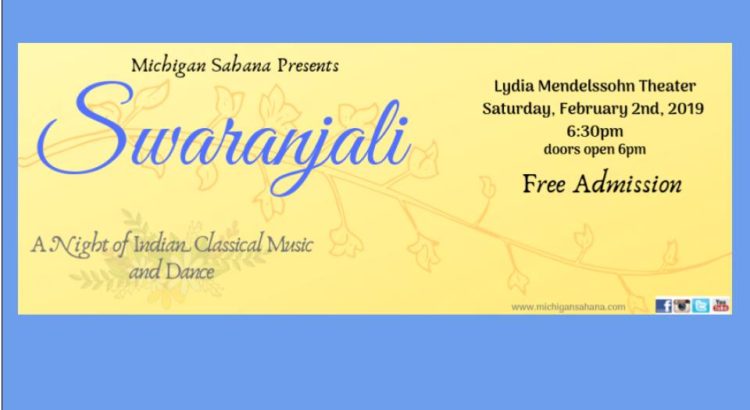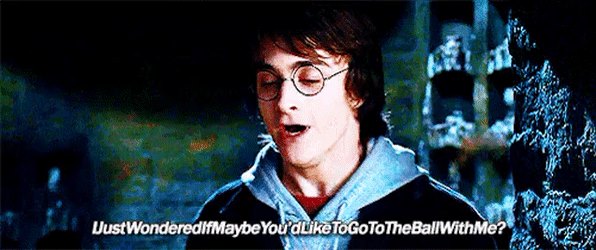This past weekend, the School of Music, Theatre and Dance’s Department of Dance staged a fantastic performance entitled Complex Rhythms at the Power Center for the Performing Arts. Featuring four separate works, each had its own unique character and feel.
The performance opened with 7 x 12 and a Little Bit of Cha-Cha, a work by Robin Wilson with a jazzy and joyful, toe-tapping feel. Featuring live music by members of the Grammy-nominated ensemble Straight Ahead, I was immediately taken by the musicians’ position onstage, rather than off to the side. Before the dancers entered the stage, the musicians treated the audience to a jazz feature, solidifying the fact that they were an integral part of the work. Throughout the dancers’ rhythmic choreography, it remained evident that music was intended to play a very central role in 7 x 12 and a Little Bit of Cha-Cha. Additionally, the costume design, with bright colors and swinging skirts, complemented both the choreography and the music.
Next was the premier of Studio A, will you die with me? by Jennifer Harge, “a fire ritual that works to disrupt the anti-black, heteronormative, and capitalist structures that live within the fabric of Western dance studios and dance curriculums.” Featuring a backdrop of rows and rows of lit (electric) candles, ashen-colored costumes, glittering masks, and a long blue piece of fabric spread across the front of the stage, it was a performance that was at once unsettling and challenging, confusing and thought-provoking. Additionally, the soundtrack of the choreography was norm-defying and fascinating – it was an aural hodge podge that was not exclusively music, and for a length of time it was a recording of what seemed to me to be a woman humming singing while washing dishes.
My personal favorite of the evening was Prelude, Fugue, and Riffs, a new work by Bill DeYoung set to a recording of Leonard Bernstein’s “Prelude, Fugue, and Riffs” by the University of Michigan Symphony Band. With a backdrop of lights that resembled a collage of starry night sky and brick wall, the entire performance had a swinging, urban vibe that hearkened back to another era, while simultaneously remaining modern.
Last was probably the most monumental of the evening’s works, Shelter by Jawole Willa Jo Zollar. First staged in 1988 “to address the suffering and isolation of homelessness,” the version performed by the Department of Dance was adapted after Hurricane Katrina “to address the lives of the people that the hurricane left homeless.” It was a powerful performance, featuring spoken word (by Associate Professor Robin Wilson, original company member of Urban Bush Women, who first staged Shelter in 1988) and percussion as accompaniment to the emotive choreography. “I ain’t fled nothing. My country fled me,” Professor Wilson emphatically repeated.
Complex Rhythms explored a wide variety of human emotion and struggle, and it was a boundary-challenging, thought-provoking performance. Congratulations on an excellent performance to all those involved!






